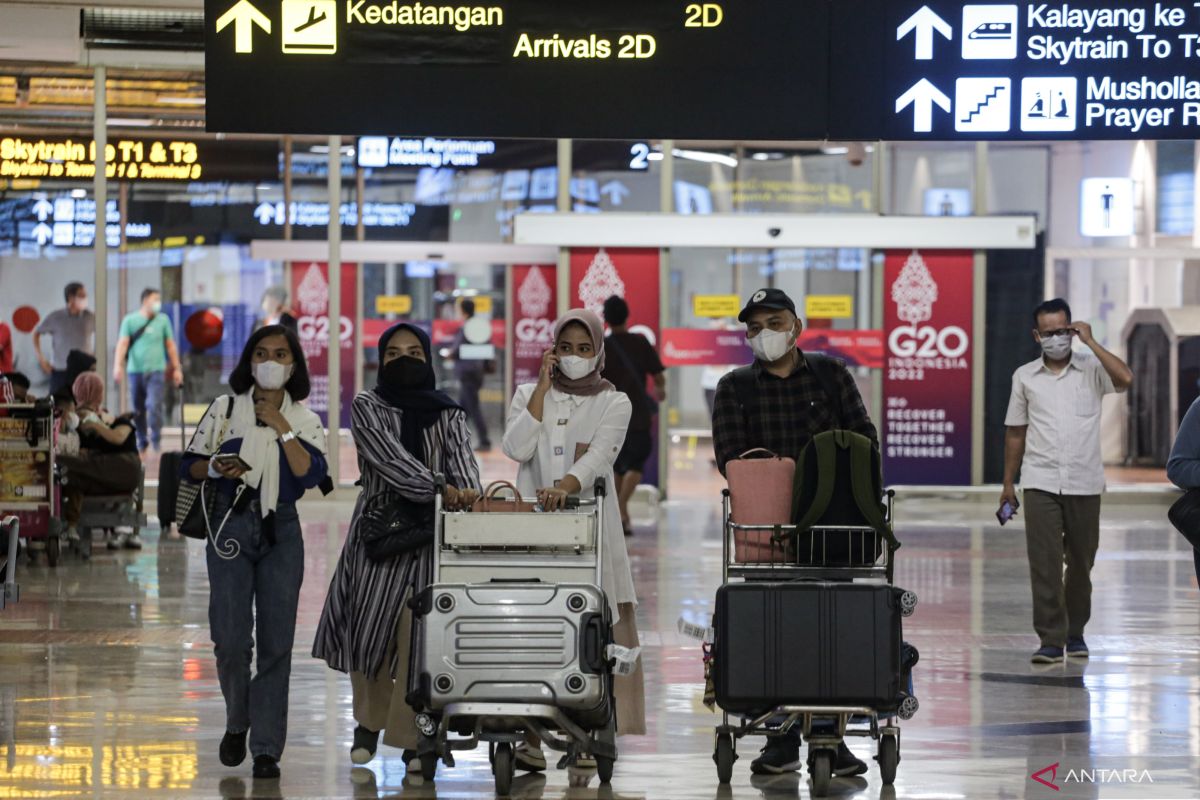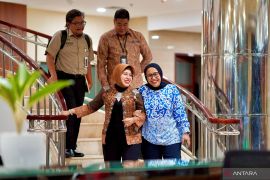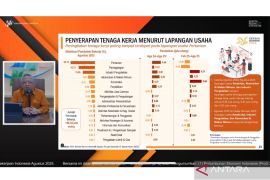"This first quarter is the best picture of the people's mobility, wherein almost all community activities in several places have exceeded those witnessed in normal conditions. This population mobility movement will have a positive impact on production, consumption, and investment activities," Yuwono stated virtually on Monday.
The BPS head later explained that mobility at shopping places for daily needs increased by 27.46 percent as compared to those during normal conditions. Likewise, community activities in retail and recreational areas also increased.
"However, the conditions in transit places have not recovered. However, the condition is much better than that in the first and fourth quarter of 2021," he stated.
He affirmed that community mobility had an impact on the used production capacity of the processing industry that was reported by Bank Indonesia (BI) to be at 72.45 percent and the retail sales index grew by 12.17 percent on an annual basis.
In addition, the Prompt Manufacturing Index issued by BI also reached 51.77 percent, which was higher than 50.01 percent recorded in the first quarter of 2021.
Meanwhile, a report by state-run electricity company PLN also showed that electricity consumption for the industrial segment grew convincingly at 15.44 percent, which indicates activities in the industrial sector were growing.
Furthermore, imports of capital goods, raw materials, and consumption also grew in the first quarter as compared to the previous year.
"For capital goods, the growth was quite high, at 30.68 percent, followed by raw materials, 33.44 percent; and consumer goods, 11.77 percent," Yuwono remarked.
He analogized that the growth in imports of capital goods was akin to two sides of a coin, wherein on one hand, it will increase aggregate demand for the component of gross fixed capital formation, while on the other hand, the supply sector will be able to increase production capacity.
"The increase in imported raw materials indicates that domestic economic activities that use imported goods have also increased and consumption goods also indicate that people's incomes rose with an increase in the imports of consumer goods," he explained.
From the supply and consumption side, passenger car sales were observed to have also grown 45.95 percent. The number of air transport passengers also surged by 58.13 percent.
In addition, the number of foreign tourists coming from the main entrance also grew impressively, reaching 228.24 percent.
On the other hand, tax revenue from the implementation of Article 21 on income tax grew by 18.8 percent, which indicated that the company's profits were increasing, thereby also leading to an increase in the tax collection for employees.
"This is also an indication that the people's incomes have increased," Yuwono noted.
Corporate income tax revenues also grew 136 percent, thereby indicating that economic activity was increasing in the first quarter of 2022.
On the other hand, in line with the improving conditions for COVID-19, spending on goods and social assistance, especially for COVID-19 handling and the affected people, decreased by 33.99 percent and 30.22 percent, respectively.
Related news: Government's strategies contribute to maintaining economic growth
Related news: Indonesia's trade balance records surplus of US$4.53 billion
Related news: Indonesian economy doing well amid global pressures: KSP
Translator: Sella Panduarsa G, Resinta S
Editor: Sri Haryati
Copyright © ANTARA 2022












